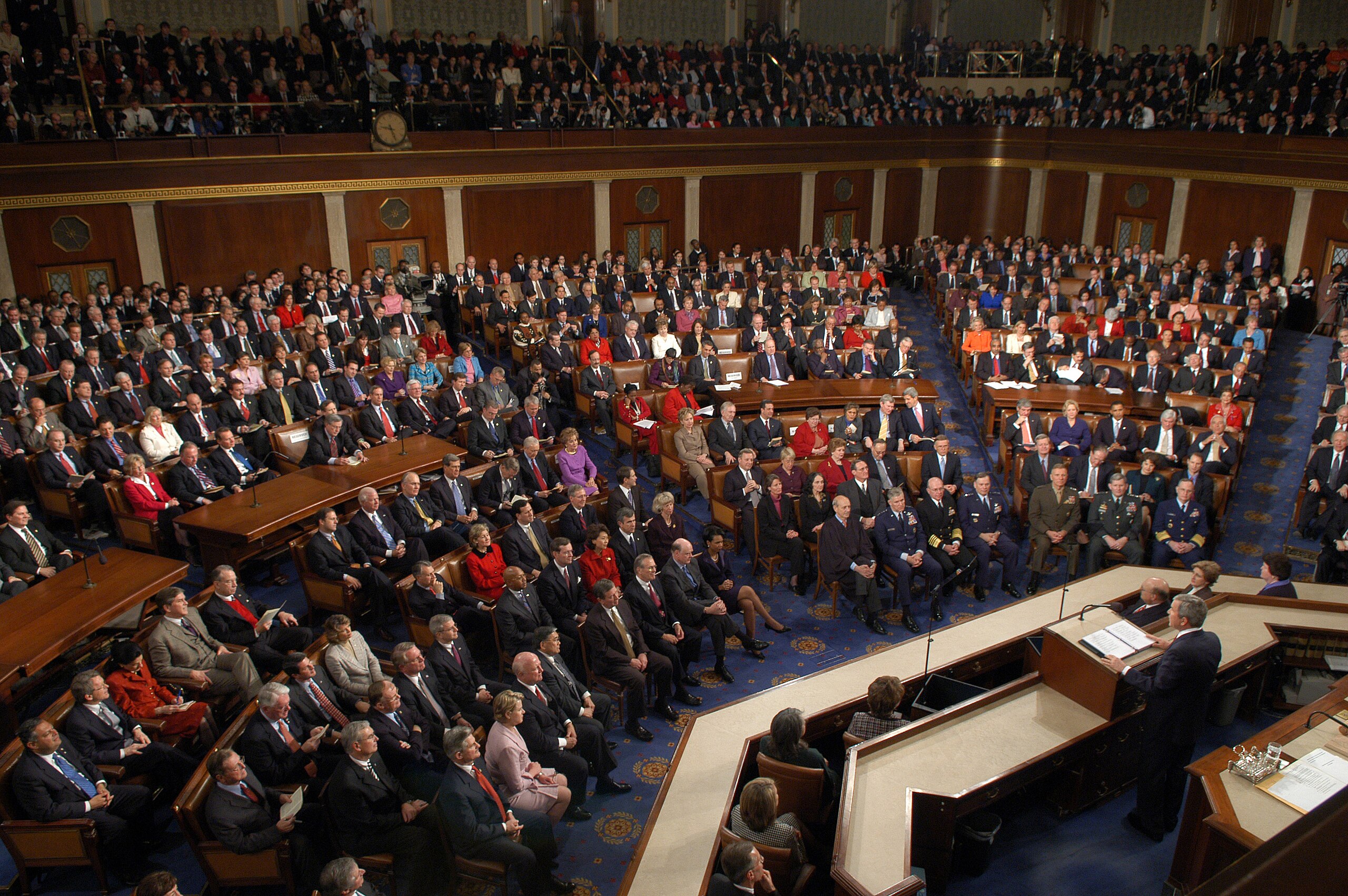Do members of the U.S. Congress receive a higher standard of health coverage than average American citizens? The answer might surprise you.
◊
Members of the U.S. Congress, like most Americans, receive health insurance through their employer – but in this case, their employer is the federal government. While it’s a common belief that Congress members receive special or “free for life” health care, the reality is more nuanced and grounded in existing federal policies and regulations.
How are the Big Four technology companies getting involved in health care systems around the world? Watch this hard-hitting MagellanTV documentary to find out.
Health Coverage Through the ACA Exchange
Since 2014, due to a provision in the Affordable Care Act (ACA), members of Congress and their staff are required to obtain health insurance through the DC Health Link, which is the health insurance exchange created for Washington, DC. This requirement was designed to align lawmakers more closely with the health care system they helped create.
However, unlike typical federal employees, who get coverage through the Federal Employees Health Benefits Program (FEHBP), most members of Congress must purchase insurance via the ACA's Small Business Health Options Program (SHOP) exchange. The plans they access through DC Health Link are typically Gold-level plans, which offer a generous level of coverage, including low deductibles and comprehensive benefits.
Government Contributions
The federal government contributes to congressional health premiums in much the same way it does for other federal employees. As of 2024, the government pays approximately 72–75 percent of the total premium cost, depending on the specific plan. This is not unique to Congress; it’s a standard employer contribution across many federal jobs.
Despite popular myth, Congress members do not receive free health care, nor do they retain unlimited health benefits for life just by serving a single term. They must pay their share of premiums, co-pays, and deductibles like other insured individuals.
Other Benefits and Options
Congress members are also eligible to receive care through the Office of the Attending Physician (OAP), located on Capitol Hill. This office provides basic medical services and consultations for an annual fee (reported to be around $600 in recent years). While convenient and subsidized, the OAP is not a comprehensive health care provider and does not replace full insurance coverage.
Additionally, members have access to medical services at military hospitals, but these are typically used for specific treatments or emergencies and are not a primary source of ongoing care.
 President George W. Bush delivers the State of the Union address to a joint session of Congress in February 2005. (Source: National Archives, via Wikimedia Commons)
President George W. Bush delivers the State of the Union address to a joint session of Congress in February 2005. (Source: National Archives, via Wikimedia Commons)
Retirement and Post-Service Coverage
After leaving office, former members of Congress may continue to receive health insurance through the FEHBP, but only if they meet certain requirements: They must be eligible for a federal retirement annuity and must have been enrolled in the FEHBP for at least five years prior to retirement. This is similar to the standard for other long-term federal employees.
So, while it’s possible for some former members to retain health insurance coverage through the government, it is neither automatic nor “free for life.”
The health insurance system enjoyed by members of Congress reflects both the benefits and responsibilities of federal employment. While they have access to high-quality coverage and some unique perks, they still share in the costs of premiums and services. Ultimately, their health benefits are more similar to those of other federal employees than many memes and public influencers suggest.
Ω
Title Image: U.S. Capitol Building (Credit: Martin Falbisoner, via Wikimedia Commons)


